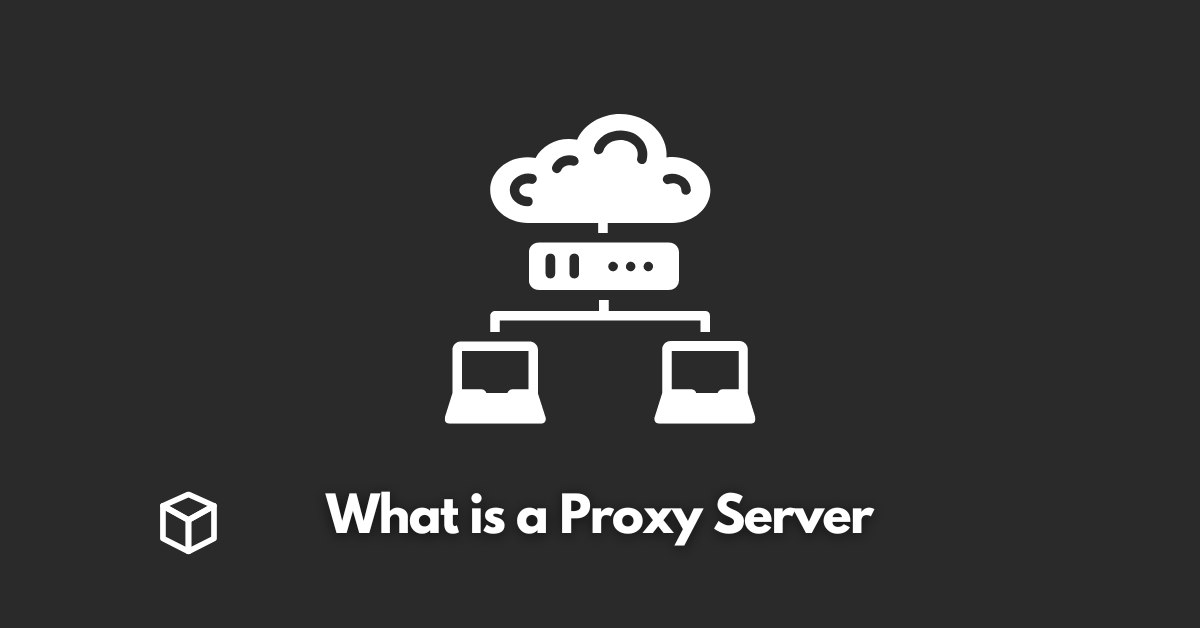A proxy server is a type of server that acts as an intermediary between a client and the internet.
Its main purpose is to forward requests from clients to the internet and then send the responses back to the clients.
There are various types of proxy servers, each with its own set of features and capabilities.
Purpose of a proxy server
The main purpose of a proxy server is to act as a middleman between a client and the internet.
When a client makes a request, the proxy server receives the request and forwards it to the internet.
The internet then sends the response back to the proxy server, which in turn sends it back to the client.
This process helps to improve the security and performance of the network by acting as a barrier between the client and the internet.
How a Proxy Server Works
Client connects to proxy server
The first step in the process is for the client to connect to the proxy server. The client can be a computer, smartphone, or any other device that is connected to the internet.
Proxy server forwards request to the internet
Once the client is connected to the proxy server, it sends a request to the internet. The proxy server then receives the request and forwards it to the internet.
Internet responds to request
The internet receives the request and sends a response back to the proxy server.
Proxy server sends response back to the client
The proxy server receives the response from the internet and sends it back to the client. The client can then access the requested information.
Benefits of using a Proxy Server
Increased Security
One of the main benefits of using a proxy server is increased security.
The proxy server acts as a barrier between the client and the internet, which helps to protect the client from malicious attacks.
Anonymous browsing
Another benefit of using a proxy server is anonymous browsing.
When a client connects to the internet through a proxy server, their IP address is hidden, which makes it more difficult for websites to track their browsing activities.
Caching for faster access to frequently visited sites
Caching is another benefit of using a proxy server.
By storing a copy of frequently accessed websites on the proxy server, clients can access these sites much faster than if they were accessing them directly from the internet.
Bypassing restrictions and censorship
Using a proxy server can also help to bypass restrictions and censorship.
For example, some countries have strict internet censorship laws that block access to certain websites.
By connecting to the internet through a proxy server located in a different country, clients can access these blocked websites.
Types of Proxy Servers
There are several types of proxy servers, including transparent proxy, anonymous proxy, distorting proxy, high anonymity proxy, and reverse proxy.
Each type of proxy server has its own set of features and capabilities.
Transparent proxy
A transparent proxy is a type of proxy server that does not hide the client’s IP address. This means that websites can still track the client’s browsing activities.
Anonymous proxy
An anonymous proxy is a type of proxy server that hides the client’s IP address. This makes it more difficult for websites to track the client’s browsing activities.
Distorting proxy
A distorting proxy is a type of proxy server that sends false information about the client’s IP address to websites. This makes it more difficult for websites to track the client’s browsing activities.
High anonymity proxy
A high anonymity proxy is a type of proxy server that not only hides the client’s IP address but also does not send any information about the client to the websites.
It makes it extremely difficult for websites to track the client’s browsing activities.
Reverse proxy
A reverse proxy is a type of proxy server that is placed in front of a group of servers.
It acts as a gateway for requests from clients and forwards them to the appropriate server.
It is often used to improve the performance and security of a network by distributing the load among multiple servers.
Setting up a proxy server
Choosing a proxy server software
When setting up a proxy server, the first step is to choose a proxy server software.
There are many different options available, and it is important to choose a software that meets the specific needs of the network.
Configuring the proxy server
Now the next step that you have to do is to configure the proxy server. It includes setting up the proxy server’s IP address, port number, and other settings.
It is important to ensure that the proxy server is properly configured to work with the network.
Setting up client devices to connect to the proxy server
The final step is to set up the client devices to connect to the proxy server.
It involves configuring the client’s internet settings to use the proxy server’s IP address and port number.
Once the client devices are set up, they can start using the proxy server to access the internet.
Conclusion
A proxy server is a powerful tool that can improve the security, performance, and flexibility of a network.
It can be used to improve security by acting as a barrier between clients and the internet, to improve performance by caching frequently accessed websites, and to bypass restrictions and censorship.
However, it is also important to consider the potential drawbacks, such as the added complexity of setting up and maintaining a proxy server.
Additional resources for further learning
There are many resources available for learning more about proxy servers, including tutorials, documentation, and forums.
Some popular options include the official website of the proxy server software and online forums dedicated to networking and security.




